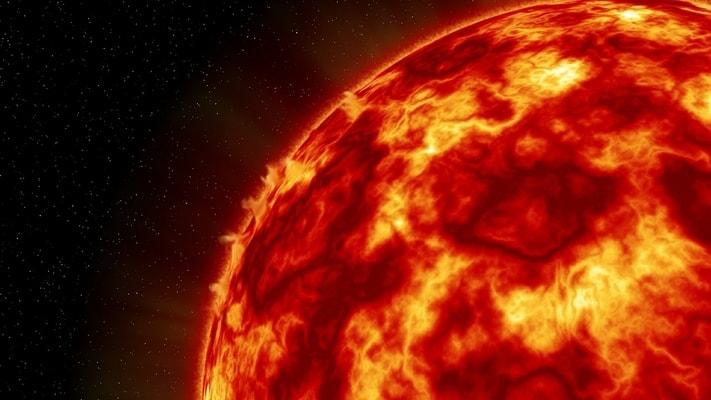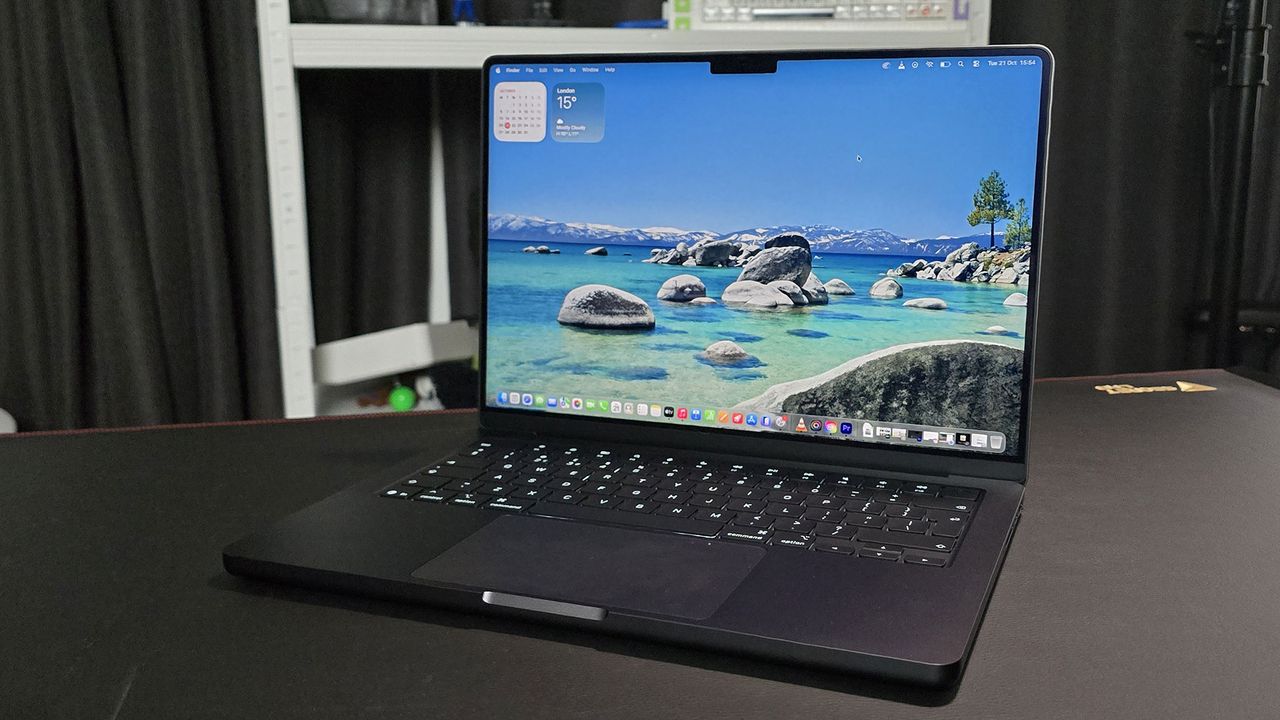
Over the past few days, massive sunspots on the surface of the Sun have made their presence felt here on Earth. The spots, which appear as dark regions on the Sun’s surface, are areas where the Sun’s complex magnetic fields affect its outer layer. And this could signal the possibility of solar flares and coronal mass ejections or CME’s. When those particles from the Sun arrive on Earth, they can cause some serious issues with communication satellites and make life a bit more dangerous for astronauts out in orbit.
Sunspots and solar flares are something we’ve come to expect from the Sun. But they are really bad at timing. Just kidding. Scientists, however are extremely interested in their timing, and some might even argue there is concern. This is because the Sun is currently approaching its solar minimum. Which is the bottom end of its 11 year activity cycle in which events like solar flares and CMEs should be an extremely rare occurence. On the upswing, when the sun reaches its solar maximum, researchers fully expect and await such events, but that’s not the case right now.
It’s not just the timing that’s causing researchers to raise their eyebrows, but also the size of the flare itself. On Wednesday, September 6th, the largest solar flare since 2005 was recorded. The burst of radiation was so intense, that it caused high frequency radio blackouts across the daytime side of Earth that lasted for about an hour. Solar flares, for those of you who don’t know, are giant explosions on the surface of the sun that occur when twisted magnetic fields suddenly snap and release massive amounts of energy. And this is what might be causing the Northern Lights to be dancing like they have been over the last couple of days. To put these solar flares into perspective, one flare can release as much energy as a billion hydrogen bombs. One billion, friends. This kind of thing is insane.

According to the National Oceanic and Atmospheric Administration’s Space Weather Prediction Center, the sun began unleashing its fury on Wednesday at 5:10 a.m. ET, with an X2.2 flare. Just three hours later, the sun produced a second flare measuring a whopping X9.3—the most powerful on record since 2006. The strongest solar flare measured in modern times happened in 2003, which scientists recorded a blast so powerful that it was off the charts at X28.

If you’re in Canada, or in the northern United States (as well as other northern parts of the world), you should be on the lookout for auroras. The sun is now heading towards the minimum level of activity in its natural 11-year cycle. Which means these sunspots could continue to flare up in the days ahead. The idea that these solar flares can spark the northern lights is incredible to me. We live in a time where there are a lot of naysayers. It doesn’t matter necessarily what it’s about, they don’t seem to believe in science. (I’m making an extremely general statement here) So it makes me wonder how something like this will be explained. Sure, the impact that some of these solar flares has on our communication systems is scary. But in contrast, we got to see the beautiful northern lights.



![Apple Watch Ultra: The best Apple Watch I do not need [Video]](https://9to5mac.com/wp-content/uploads/sites/6/2026/01/AWU-FI.jpg?quality=82&strip=all&w=1600)